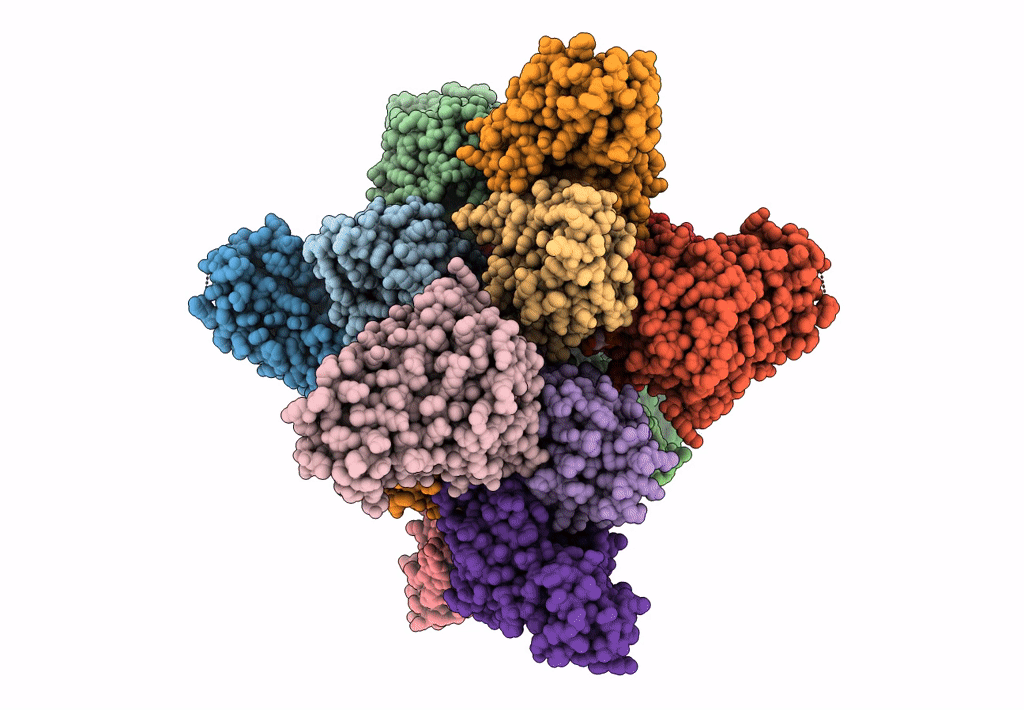
Deposition Date
2020-11-27
Release Date
2021-05-05
Last Version Date
2024-05-01
Entry Detail
Biological Source:
Source Organism:
Saccharomyces cerevisiae S288C (Taxon ID: 559292)
Host Organism:
Method Details:
Experimental Method:
Resolution:
3.90 Å
Aggregation State:
PARTICLE
Reconstruction Method:
SINGLE PARTICLE


